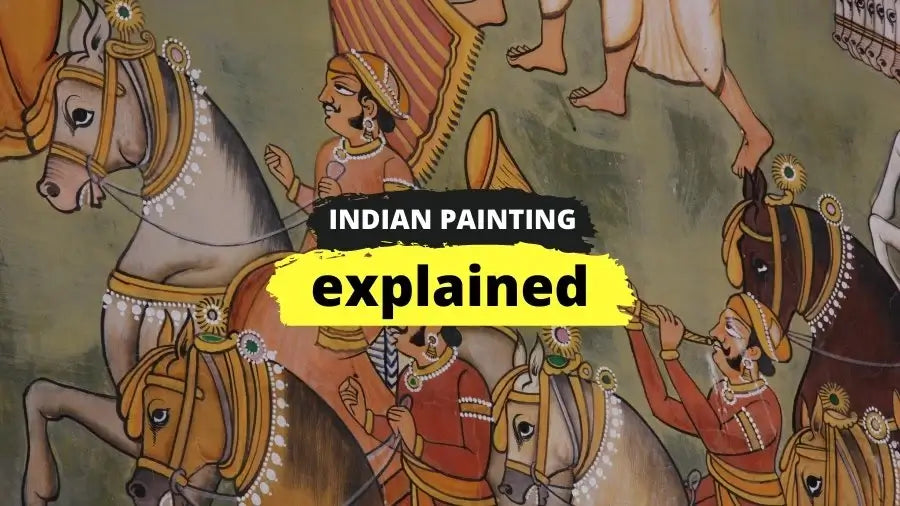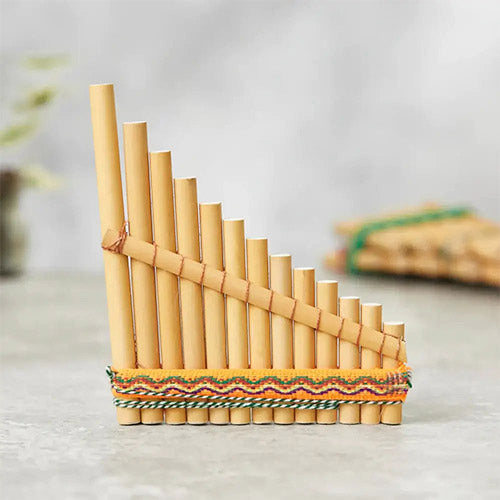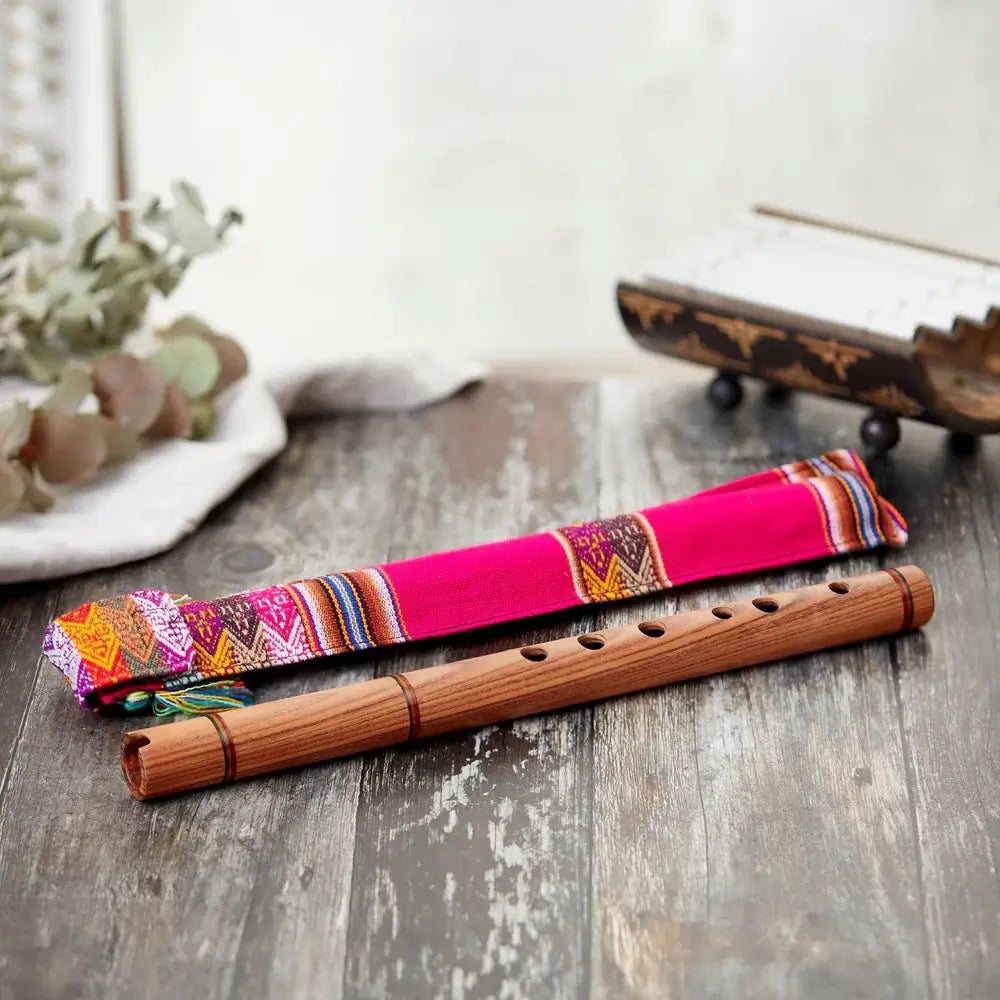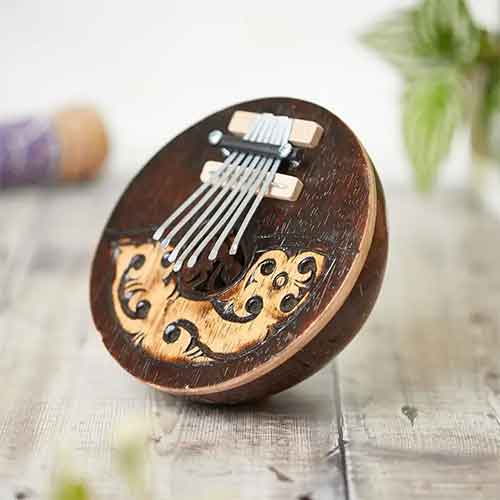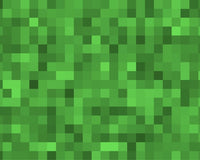There are many painting styles throughout India and they all vary in technique and preferable materials. In this article we take a look at the top 10 painting styles and we explain what makes each one unique.
1. Madhubani
The Madhubani painting style is said to be one of the famous styles in India. Paintings of this style generally feature extremely complex geometrical patterns and shapes. This style represents rituals and is often used in India for special occasions such as festivals and religious gatherings. The folk painting is done by hand with the use of twigs, pens, matchsticks, and many other natural materials with the inclusion of colours and dyes. Madhubani is also known as Mithila art. The art takes place on walls in places of worship, on canvases but in recent years can also be found on products. Creative artists who can achieve this painting style have done works on cardboard boxes for stunning design and even metal barge buckets that can be used for plants.
The term Madhubani refers to the city in India in which the painting style is most famous. Paintings are usually performed by women. An example of the natural dyes that are used to paint is turmeric spice for yellow, leaves are crushed to make green, the black colour is extracted from wood coal powder (charcoal) or cow dung, the white colour is achieved from rice powder, and the majority of the other colours that exist in Madhubani painting comes from the many flowers and fruits that grow nearby. This painting style always uses bright colours to depict the art. The main purpose of Madhubani paintings is that all of the colours are extracted from nature and the result is that the finished painting is eco-friendly and naturally beautiful.
Hand painted bucket mithila

These very special metal buckets are carefully hand painted in Madhyapur Thimi, just outside Kathmandu, Nepal. Each piece is made in the traditional brightly colored painting style from the Mithila region, approx: 25cm high and 26cm. Features a traditional Mithila / Madhubani painting style, is a stunning metal bucket with handle with amazing brightly colored designs, it was handmade and Fair Trade from Nepal, India. This could also be used as a coal bucket in your living room adding to your home decor, storage for items such as arts & crafts, knitting wool, and other materials, or even for pot-pouri! This used to be in our range but the bucket went into our clearance collection and is no longer available.
2. Warli Paintings

This type of painting depicts social life more specifically of humans and animals along with scenes from daily life. Warli paintings are a famous type of tribal art that you would find in a cave. One single painting could tell a whole story. This style originates from the region of Maharastra in India but is extremely popular through many cities such as Dahanu, Talasari, Jawhar, Palghar, Mokhada, and Vikramgad of Palghar district.
Warli paintings are typically done on mud walls as the plain canvas. With the use of a rice paste, water, and gum on the end of a chewed bamboo cane the artist is able to use the bamboo as a paintbrush which gives the style of art a very unique touch. Since the 70s, Warli art has become increasingly popular due to its simplicity. In fact, it has made its way into the film industry as it has the look of native art and tribalism.
3. Kalighat Painting
Kalighat paintings are known for their bright colours and bold outlines. In the 19th century, this style of art evolved as a unique genre in West Bengal. There are various themes for this art but the main depiction is of gods and other mythological characters. This type of art is similar to other styles mentioned above especially in the way that natural dyes are often used. However, Kalighat art is often performed by a group of individuals, with some people working on creating homemade dyes, and others drawing outlines or adding motifs to the background.
Some contemporary styles of Kalighat paintings featured civil themes like crimes, women bathing, the evolution of men and women in society, and even some depictions of freedom. The initial idea of this type of art was to allow visitors of the Kalighat Kali, Hindu Temple, to take away souvenirs but the paintings over a period of time became distinctive from other types of art and some pieces have become very famous such as ‘The lady with a peacock’ and many others.
4. Phad
Phad paintings were created during the 10th century when Chochu Bhat commissioned Joshi Phad painter to make Phad paintings on Devnarayn’s whole life. Devnarayn was a Gurjar warrior from Rajasthan who was the incarnation of Vishnu and he is worshipped as a folk deity.
This type of art is achieved by taking a handwoven cotton cloth, soaking it overnight to thicken the threads, and then it is stiffened with starches from rice and flour. Then it is stretched out, dried in the sun, and rubbed with moonstone to smoothen out the surface to give it a sheen. Phad painting is a style of religious scroll painting that is practiced in Rajasthan and typically the scrolls are painted with natural colours from vegetables.
5. Kalamkari

Kalamkari art is a type of hand-painted or block-printed cotton textile that is produced in the Indian state of Andhra Pradesh. It is also very popular in Iran but first came about in the 1970s in Pedana. Pitchuka Veela Subbaiah first started it with his partners in Polavaram but when the partnership fell through soon after he returned to his hometown and started the Kalamkari firm in 1972 that made the block prints commercially. Since then Kalamkari art has been used to tell stories and in ancient times people would travel from village to village telling stories in which some people would draw the story on a canvas and that is primarily how the cultural art was born.
The many tones that are traditional used in Kalamkari painting are earth tones of red, blue, green, and brown. Women are often depicted in shades of yellow, gods are painted in blue, and demons in red or green. From looking at this type of art you can see how the colour tells the story.
6. Miniature

The traditional Indian miniature painting traces back to the 9th century in the Buddhist palace period. This style of art was influenced by Indian literature and was performed as illustrations as individual paintings that were in a highly detailed composition that is in a small scale. These paintings captured social and cultural life at the time but it wasn’t until the 19th century in the period of the Mughal empire that the art form took shape. Miniature art is often referred to as working in ‘miniature’ and the paintings often have a smooth surface.
Whilst the art is creative there is a general rule for art to qualify as miniature art and that is that the art piece must not be larger than 25 square inches. This type of art was a huge influence in later forming Persian styles and helped other painting styles flourish and the success of the style means that it is now practiced throughout Rajasthan. As with the other painting styles, the miniature style features religious symbols, gods, and the colours are typically made with natural dyes from minerals, vegetables, stones, shells, and even pure gold and silver. The preparation of mixing colours was and still is an elaborate process that can take weeks or months to get the desired result.
7. Kerala Murals

Kerala Mural paintings depict Hindu mythology and date back to the 9th century. The largest mural painting in Kerala is the Gajendra Moksha. The state of Kerala is famous for its murals, geography, beaches, tea, coffee and spice plantations, tourism, culinary experiences, and Ayurvedic treatments. Paintings usually depict temples and palaces throughout Kerala. Kathakali is one of the most popular art forms in India and the entire body of the mural is used to portray a story.
Kerala art gallery is a famous place in which you can buy quality mural paintings. The pieces that you find here are originals from highly skilled artists that have great expertise when it comes to making custom-made paintings. Some pieces consist of colourful art whilst others are merely intricate sketches of gods and goddesses that are highly detailed.
8. Patachitra

Patachitra is another cloth-type picture painting style that follows a traditional process of preparing the canvas. A fine cotton cloth is coated with white stone powders and a natural gum made out of tamarind seeds. This is a natural paint primer to allows the canvas to become a suitable surface for the paint to adhere to. As with other Indian painting styles, paints are usually made naturally.
After the painting has finished the canvas is left to sundry. Artists who paint in the style of Patachitra are known as Chitrakars. The thing that makes this style of painting different from others is that this is one of the oldest art forms of Odisha. Over time the name Paachitra has evolved from the Sanskrit words patta (which means canvas) and Chitra which means picture. The white colour is made from conch shells which are boiled, filtered, and then powdered, and although this is a hazardous process that required a lot of patience the end result is a pure brilliant white. Hingula is a mineral that is used to make red, haritala or also known as the king of stone makes yellow and a lamp black is made by burning coconut shells.
9. Pichwai
Pichwai is a style of painting that originated over 400 years ago, in the town of Nathdwara in Rajasthan. Pictures made in this style of painting appear detailed and visually stunning. They are made on cloth using a similar technique to Phad and Patachitra.
The ancient form of its art has passed from generation to generation and its theme is devoted towards Lord Krishna. The main purpose of Pichwai other than its artistic nature is to narrate the tales of Krishna. These paintings are rarer than the other styles already mentioned and typically the picture is made to hang in Hindu temples.
10. Gond
Gond painting is a type of folk tribal art that is practiced by the largest tribes in India. The term Gond comes from the Dravidian expression. ‘Gond’ means ‘the green mountain’ and Gond paintings are merely a reflection of man's closest connections with his natural surroundings. Paintings of this type usually start with carefully drawn lines that create movement in a still image.
With the addition of dots and dashes, the art piece has a great sense of movement and the detail is highlighted. Gond art is one of the most unique styles and whilst it originated in Madhya Pradesh it has also been traced back to the state of Andhra Pradesh, Orissa, Maharashtra, and Chhattisgarh. It is said that the style of Gond art was invented by Jangarh Singh Shyam who is known for paintings, drawings sculptures, and murals.

